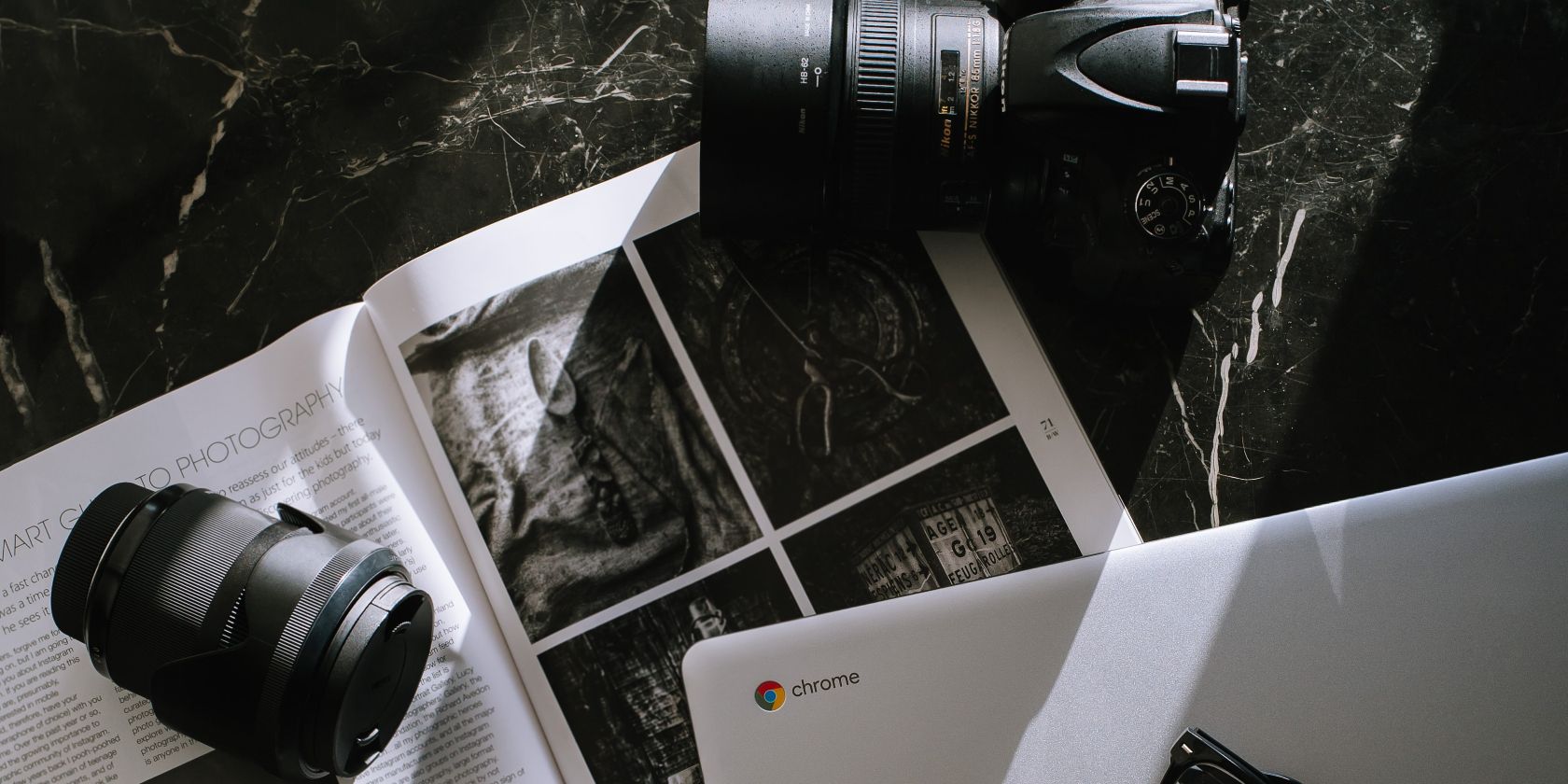So, you’ve decided to take your photography to the next level and create a website. Congratulations!
Putting your work out there and turning your hobbies into something more can be a little daunting. But if you stick with it and are willing to learn, you’ll reap the benefits with a fulfilling career or business.
While creating a website is an excellent way to elevate your presence as a photographer, it’s vital to ensure that you appeal to your target audience. This guide will give you eight tips for doing that.
1. A Portfolio of Your Best Shots
Most photographers have a website for one reason: to showcase their best work. And if you’ve just created your own, having a portfolio of your favorite images is non-negotiable.
Once you’ve regularly done photography for three months or more, you’ll have a large enough body of work to sift through. Pick 6-10 photos that demonstrate your style the best, and put these somewhere on your website.
Considering that website speed can impact search engine optimization (SEO), try to strike a balance between smaller file sizes and non-blurry photos.
As you take more pictures, you can update your portfolio accordingly.
2. A Clear Theme
Photography is fiercely competitive, and it’s important to make yourself stand out if you want to succeed in the long run. One of the best ways to differentiate yourself from others is by giving your website (and personal branding, for that matter) a clear theme.
When you’re ready to start your photography website, it’s worth sitting down and thinking carefully about your theme. For example, do you want to specialize in minimalist photography? Alternatively, you might be interested in one particular region or city.
Try to make sure that your social media accounts are coherent with your website. As your photography evolves, your theme should as well. And above all else, make sure that it’s authentic to you.
3. A Contact Page
Many beginner photographers create a website but make it difficult for others to contact them. If someone only sees your portfolio but can’t get in touch, you’ll miss out on potential work and collaboration opportunities.
When you create your photography website, it’s crucial that you also have a contact page. You don’t need to include your home address or phone number, but it should have an email address at the very least.
To make it less complicated for someone to reach out to you, we also recommend that you include a form on your website. Connect your email address to this, and you’ll receive any requests in your inbox as they’re being sent.
4. An About Page
Let’s say that you’ve created a photography website because you want to build an audience or a business. In these cases, you’ll want to build a connection with your site visitors.
Having an about page is an excellent way to give your website more of a personal touch. Here, you should talk a little about how you got started in photography—and what you did to overcome the most significant challenges you’ve faced.
You can also add information about you that isn’t related to photography on your about page. Don’t be afraid to tell your audience about your favorite city, the languages you speak, your favorite food, and so on.
It’s also a good idea to include photos of yourself on your about page, as well as elsewhere on your website. Doing so will add even more of a personal touch.
5. A Blog
Having a blog on your photography website is optional. But including one (and publishing regular posts) has several benefits, including:
- Improving your website’s authority, thus moving you higher up in search rankings.
- Enhancing your writing skills, which is crucial for marketing (and potentially a skill you can later sell to clients).
- Educating and inspiring your audience to become better photographers.
When choosing a photography-related blog theme, you’ve got plenty of options. For example, you can write content about your hometown or city—and use the pictures to accompany this. Alternatively, you can simply share what you learn about your craft and review the gear you use.
If you choose to have a blog section on your photography website, commit to publishing one post each week. Creating three-month calendars is a good idea to ensure that you’ve got enough content.
6. Your Clients’ Logos
When you run any business, having examples of clients you currently work with—or have in the past—can make it easier for others to want to work with you. It provides social proof, along with evidence that you have experience in your field.
Using logos works especially well as your network grows and you collaborate with more prominent companies. Before you use logos, always ask the client for permission. You should also check to see if they can send you a high-resolution image, saving you time searching for one online.
7. Testimonials
Client testimonials are an excellent form of social proof to include on your photography website. These are quotes from people you’ve worked with that demonstrate your professionalism, along with your personal characteristics; they’re pretty much the same as references for routine jobs.
If you do a good job for someone, they’ll almost certainly be happy to provide a testimonial. Again, though, make sure you ask—and never write fake ones.
8. Links to Your Social Media Accounts
You don’t need social media to grow as a photographer, but having a presence on at least one platform can help you demonstrate your work and bring your followers behind the scenes.
When you create a photography website, it’s a good idea to add links to your social media accounts. As you become more prominent, having these will enable others to follow you without searching for your name on those platforms.
Adding links to your social media accounts also makes it easier for others to contact you. On each of the major website builders, you’ll find an option to include these.
Elevate Your Career With a Photography Website
Once you’ve taken photos for a while, you’ll probably want to start sharing your work with others. One of the best ways to do this is by creating a photography website.
Giving your website some serious consideration can help your personality shine through and build a closer connection with your audience. And if you choose to start a photography business, clients can use it to learn more about you—and get in touch quickly.
When building your website, remember: it doesn’t need to be perfect. Launch something good enough and improve it as you progress.





